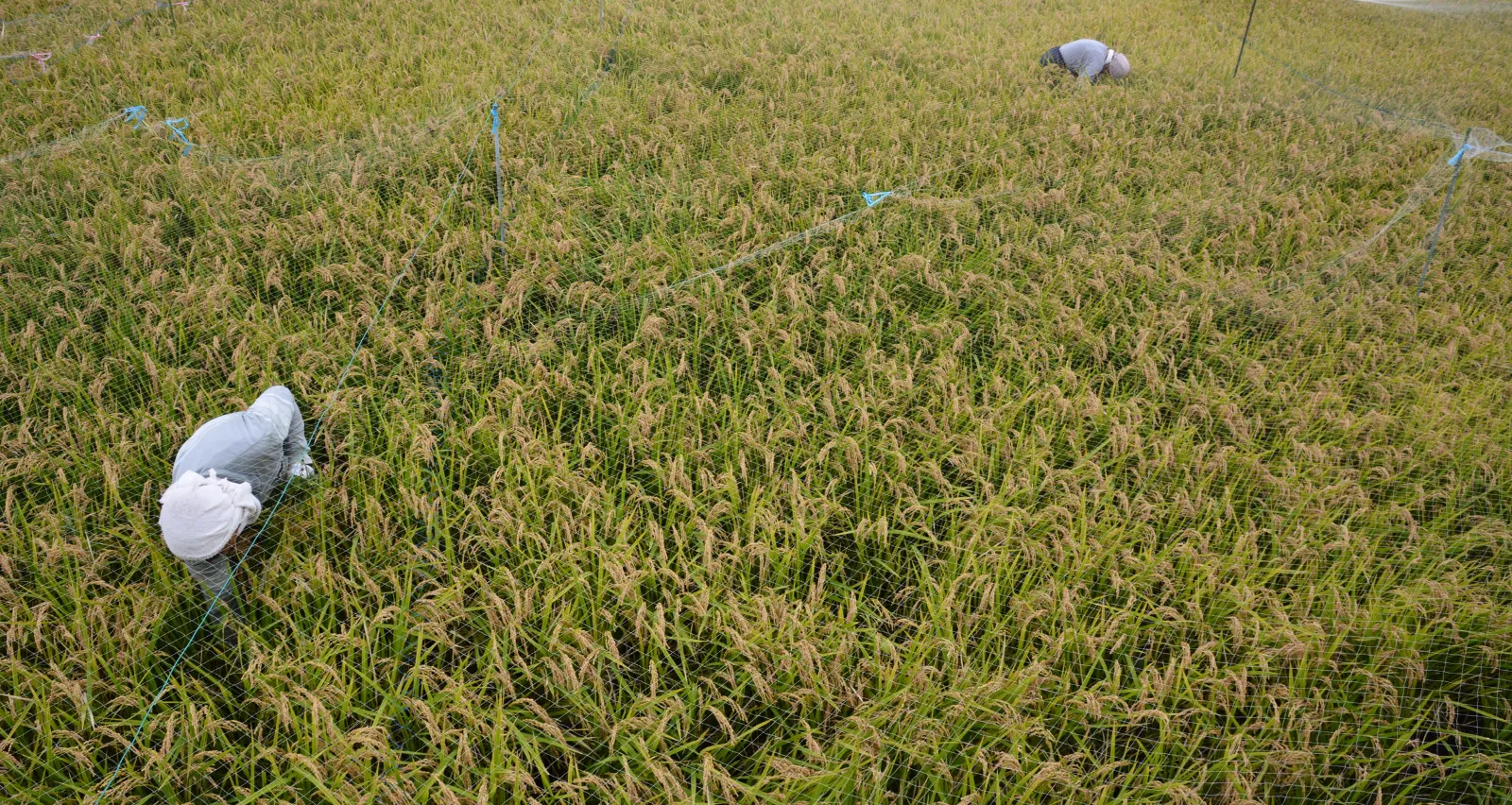
India’s agricultural sector has long been the backbone of its economy. However, faced with challenges like resource constraints and the need for modernization, the government has introduced a new Indian agricultural policy. This policy aims to achieve significant growth in foodgrain production and promote diversification within the sector. Let’s delve deeper into the strategies outlined in this policy and how they aim to reshape the landscape.
Growth Strategies:
- Setting Targets and Boosting Production: The policy has set a clear target of 332 million metric tons (MT) of foodgrain production by 2023-2024. To achieve this, the focus is on enhancing infrastructure, facilitating access to modern agricultural technologies, and promoting better resource management practices.
- Encouraging Private Sector Participation: Contract farming is a key strategy to enhance agricultural productivity and efficiency. This involves private companies partnering with farmers, providing inputs, technical know-how, and ensuring the purchase of produce at predetermined prices. This arrangement not only assures farmers of income but also encourages investment in the sector.
Diversification for Sustainability:
- Shifting Focus to Horticulture and Cash Crops: The policy advocates for a move towards cultivating high-value fruits, vegetables, spices, and cash crops alongside staple grains. Diversification caters to broader market demands and improves soil health by breaking the cycle of monoculture. This, in turn, enhances soil fertility and promotes sustainable farming practices.
Challenges and the Way Forward:
Despite the promising roadmap, challenges persist. Infrastructure limitations, especially in rural areas, can impede efficient implementation. Ensuring access to resources and technology for small farmers requires innovative solutions. The government is tackling these issues by adjusting demand estimates for chemical fertilizers like urea and DAP during the monsoon cropping season and promoting eco-friendly biofertilizers.
Conclusion:
India’s new agricultural policy heralds a bold step towards growth and diversification. By emphasizing increased production, private sector involvement, support for farmers, and sustainable practices, the policy aims to transform the agricultural landscape. As the policy unfolds, it’s essential to monitor its effectiveness and address emerging challenges. A thriving agricultural sector not only ensures food security for India’s populace but also contributes significantly to its overall economic development.









